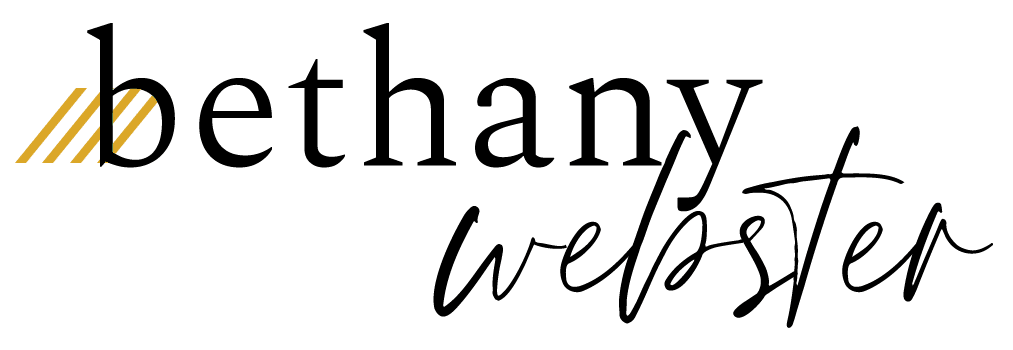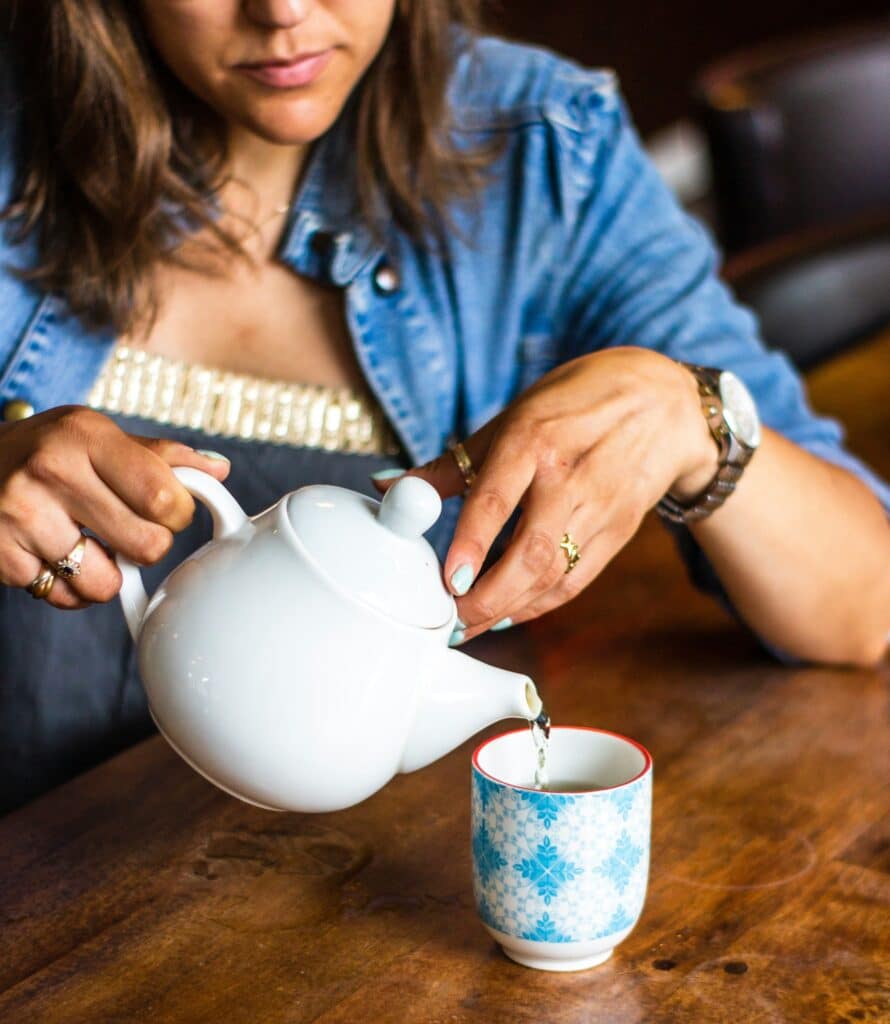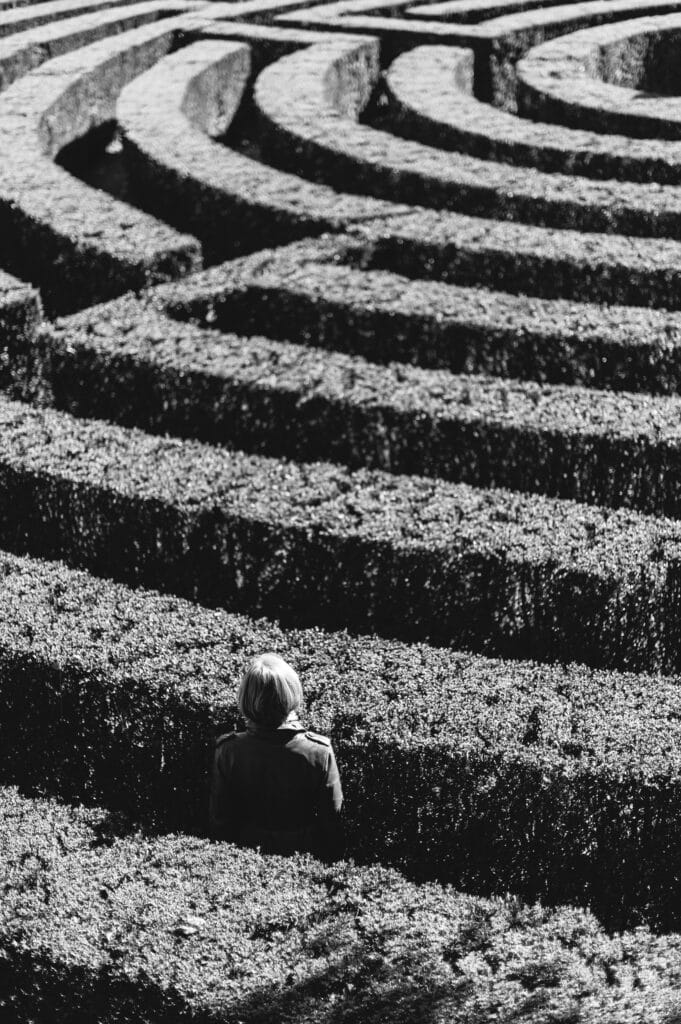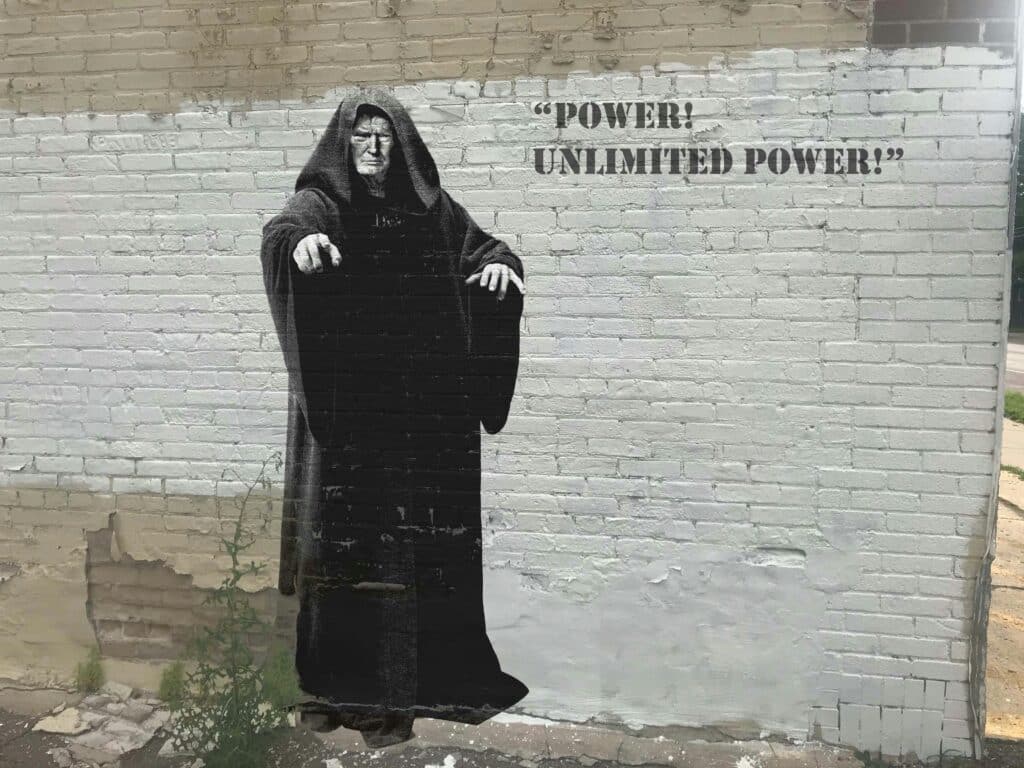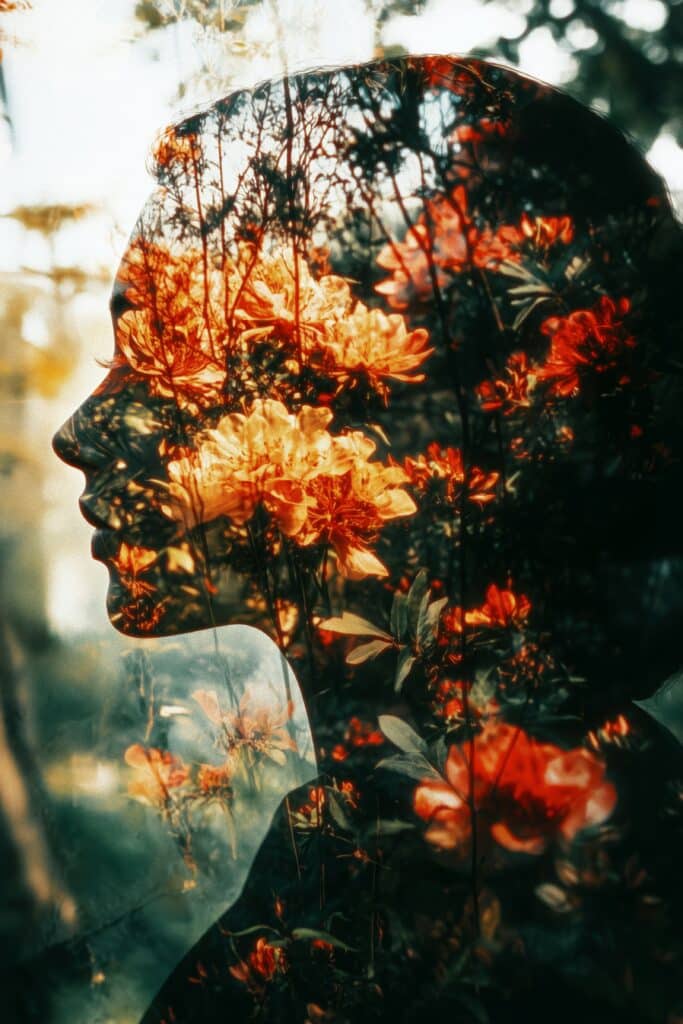The Mother Wound®
Q&A with Bethany Webster
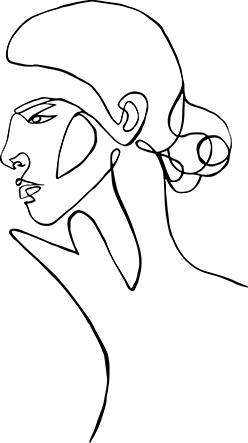
What is the Mother Wound?
The Mother Wound is the pain rooted in our relationship with our mothers that is passed down from generation to generation in patriarchal cultures and has a profound effect on our lives. When left unresolved, we pass on the Mother Wounds our mothers and grandmothers before us failed to heal, which consist of toxic and oppressive beliefs, ideals, perceptions and choices about ourselves, others, and all of life itself.
The Mother Wound exists on 4 levels:
- On a personal level, the Mother Wound is the set of painful patterns originating with our mothers that cause us to unconsciously limit or sabotage ourselves.
- On a cultural level, the Mother Wound is the cultural atmosphere of patriarchy, that says women are “less than” and how that belief in women’s innate inferiority penetrates every aspect of our culture, from education, media, religion, to magazines, literature, and sitcoms and more.
- On a spiritual level, the Mother Wound is a wound with life itself, causing us to feel an existential sense of disconnection from a higher power; a sense of feeling alone in the world and in the universe.
- On the planetary level, the Mother Wound manifests as our disconnection from nature and the planet that gives us life, causing rampant pollution, extinction of species, and monopolization of resources, to name a few.
How I can notice if the Mother Wound is manifesting in my life?
The Mother Wound can manifest as:
- Not being our full selves because we don’t want to threaten others.
- Having a high tolerance for poor treatment from others.
- Emotional care-taking or exhibiting codependent behaviors.
- Feeling competitive with other women.
- Self-sabotage when we’re close to breakthroughs.
- Conditions such as eating disorders, depression, and addiction.
- Being too rigid and dominating.
- Perfectionism, feeling like we have to control everything to be OK.
It also includes the pain of:
- Shame – a vague sense there is something wrong with us.
- Comparison – not feeling good enough.
- Attenuation – feeling we must remain small to be loved.
- A persistent sense of guilt for wanting more than we currently have.
Where does the Mother Wound come from?
Patriarchy gives rise to the Mother Wound. In male-dominated cultures, women are conditioned to think of themselves as “less-than” and not deserving or worthy. This feeling of “less-than” has been internalized and passed down through countless generations of women.
Historically, patriarchal cultures have not only treated motherhood as a mandate for women, they’ve also made it oppressive, holding women to impossible standards, expecting them to:
- Relinquish their ambitions for their families.
- Be the primary caretakers of the household.
- Constantly serve others and their needs, while giving up their own.
- Handle everything with ease 100% of the time – having well-behaved children, being sexually attractive, having a successful career, and a solid marriage.
- Deplete themselves to support their families and raise children.
As a result of these limiting beliefs and super-human standards, women often forgo their dreams, bottle up their desires and suppress their needs in favor of meeting the cultural ideal of what womanhood should be.
This pressure is suffocating for most women, engendering rage, depression, anxiety and overall emotional pain, which—when not addressed as is often the case in patriarchal cultures—is then unconsciously passed on to their children through subtle or even aggressive forms of emotional abandonment (mothers can’t be emotionally present when stressed), manipulation (shame, guilt, and obligation) or rejection.
How is healing the Mother Wound different from mother-blaming?
There is a very strong cultural taboo against examining the relationship with our mothers. Naturally, we fear being complicit with the damaging cultural paradigm of mother-blame. But mother-blaming is very different from healing the Mother Wound.
This is an important distinction:
Mother-blame is avoiding responsibility while healing the Mother Wound is a form of taking personal responsibility.
Mother-blame is characterized by:
- Complacency and a sense of victimhood.
- A way of hiding from our own power
- A way of hiding from our own power and lacking in courage.
- Projecting unprocessed anger and avoiding underlying grief.
Healing the Mother Wound is characterized by:
- Examining the mother-daughter relationship with the intention to gain clarity and insight in order to create positive change in our lives.
- Transforming limiting beliefs we’ve inherited with the intention of adopting new beliefs that fully support our self-actualization.
- Taking responsibility for our own paths by becoming conscious of previously unconscious patterns and making new choices that reflect our true desires.
- Breaking the cycle for future generations of women to come.
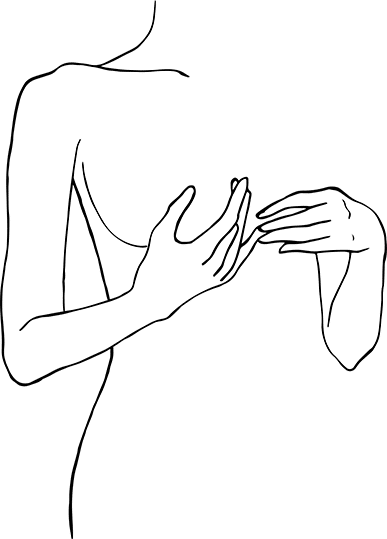
How do patriarchal cultures put daughters in a double bind?
Simply put, if a daughter internalizes her mother’s unconscious beliefs (which is some subtle form of “I’m not good enough”) then she has her mother’s approval but has in some way betrayed herself and her potential.
However, if she doesn’t internalize her mother’s unconscious beliefs as her own limitations but rather affirms her own power and potential, she is aware that her mother may unconsciously see this as a personal rejection.
The daughter doesn’t want to risk losing her mother’s love and approval, so internalizing these limiting, unconscious beliefs is a form of loyalty and emotional survival for the daughter. It may feel dangerous for her to actualize her full potential because it may mean risking some form of rejection by her mother. This is because the daughter may unconsciously sense that her full empowerment may trigger the mother’s sadness or rage at having had to give up parts of herself in her own life. Her compassion for her mother, a desire to please her, and a fear of conflict may cause her to convince herself that it’s safer to shrink and remain small.
Hence, for daughters growing up in patriarchal cultures, there is a sense of having to choose between being empowered and being loved.
In short, the Mother Wound exists because there is not a safe place for mothers to process their pain about the sacrifices that society has demanded of them. And because daughters still unconsciously fear rejection for choosing not to make those same sacrifices as previous generations.
What are the costs of avoiding the Mother Wound?
The cost of avoiding the Mother Wound is monumental. It ensures that the disowned pain of the Mother Wound will continue to get passed down to future generations.
The cost to our personal lives means living our lives indefinitely with:
- A vague, persistent sense that “There’s something wrong with me.”
- Never actualizing our potential out of fear of failure or disapproval.
- Having weak boundaries and an unclear sense of self.
- Not feeling worthy or capable of creating what we truly desire.
- Arranging our lives around “not rocking the boat.”
- Self-sabotage when we get close to a breakthrough.
- Unconsciously waiting for your mother’s permission or approval before claiming our own lives.
- Not feeling safe enough to take up space and voice our truth.
The cost to society and the world is:
That generations of women keep themselves small so as not to offend, are compelled to blame themselves, and bypass the chance to fulfill their potential. Thus, the genius, power, love, and gifts of countless women are lost to the world.
On a cultural level we have equated female power with abandonment
Broadly speaking, men have feared that women who are conscious of their power will abandon their roles as nurturers. And patriarchy has taught men to disown their own nurturing abilities, encouraging them to seek to be nurtured mainly through sex.
Society’s need for a subservient female, unaware of her power, is our deeper collective need to find a mother who won’t abandon us. It’s a projection of our traumatized inner children who are longing for an inexhaustible mother who isn’t coming. We have to give up this collective “impossible dream.”
As adults on the healing path, the true “Mother” we long for, can only come from within.
The inner mother emerges as we grieve and learn how to mother ourselves consistently. It’s a skill that can be learned. If we fail to grieve and learn to mother ourselves, we risk passing along the Mother Wound to the next generation. Culturally, we need to grieve. Personally, we need to grieve. And the situations in the outer world reflect this mounting inner imperative to look at our own pain. There is an exciting evolutionary step within the Mother Wound –that is IF we listen to the call to go within and grieve. However, if we choose to continue to postpone the grief, we’ll continue to act it out and harm the earth.
